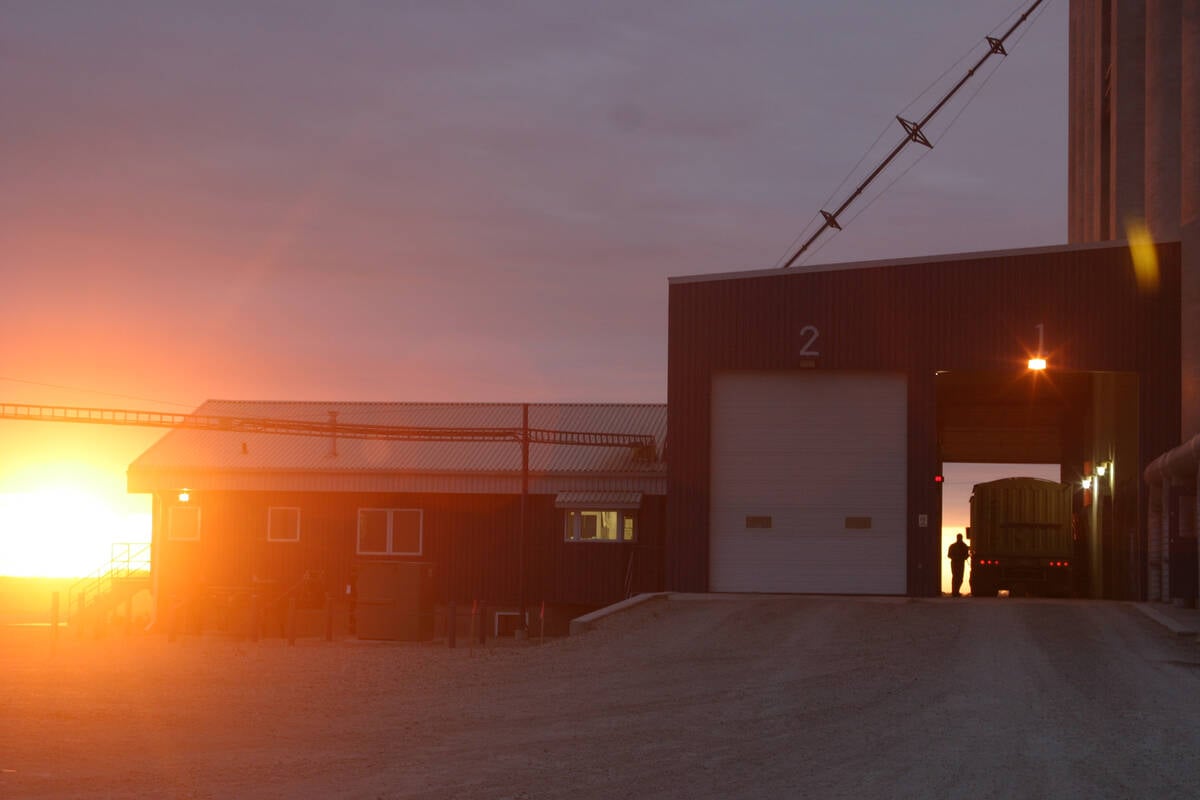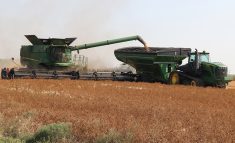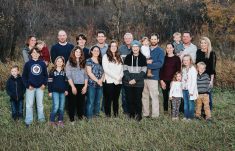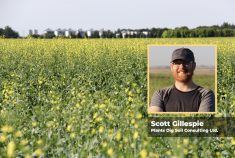If you make an investment in something, you will generally expect to get some form of a return.
Unless of course, the investment you’re making is understood to be a gift or donation. There could still be a return, but it would typically be in a form that would be difficult to quantify, such as a public acknowledgement of the investment made.
Most farm managers, especially business-minded ones, will associate return on investment (ROI) with financial performance.
Read Also

Producers must understand the grain contracts they sign
While they may be seen as just paperwork, grain contracts and their terms and conditions can carry significant legal and financial consequences.
ROI is a performance measure, expressed as a percentage, and is used to evaluate the efficiency or profitability of an investment. It is useful when comparing the efficiency of a number of different investments.
ROI compares the amount of return on a particular investment, relative to the cost of the investment.
Let’s consider assets (land, buildings, equipment, breeding livestock) as representing the cost of the investment. In this application, ROI is calculated by dividing profit by the value of those assets.
Here’s a simple example: a farm has $1 million in assets. It reports a net income of $100,000. Its ROI is 10 per cent ($100,000 divided by $1 million).
A higher percentage obviously represents better performance. If you put $50,000 into a term deposit at a financial institution and earned $8,000 in interest, you would have an ROI of 16 per cent. That’s quite a good rate of return.
An important factor to consider is the risk associated with the investment.
Generally, investors will accept a lower ROI if there is lower risk. Conversely, if the risk associated with an investment is high, investors will expect a much higher ROI to compensate them for the possibility that they could lose their investment entirely.
As risk associated with an investment increases, the expected ROI increases. Nobody wants to put their money into an investment only to learn that after a period of time, their investment has completely disappeared.
Logically, effort may factor into determining if the ROI of an investment was acceptable.
Someone investing in something that requires minimal effort may choose to accept a lower return, simply because there isn’t much effort required. Of course, that would depend on the individual and the situation.
ROI in transition planning
What if we were to think about ROI from a different perspective?
The same basic principle of cost versus benefit can be applied in that there is an investment made and an expectation of a return on that investment. But instead of solely a financial investment and return, the investment is financial but also considerable time and effort.
A great majority of farm families plan to successfully transition ownership and management from one generation to the next. There is undoubtedly a substantial investment made by family members in working through this process.
Everyone will understand that there is a financial investment made in transitioning the family farm to the next generation. There are direct, out-of-pocket costs associated with the transition process, such as legal costs, professional fees and general administration-related costs, such as meeting rooms and travel.
However, other investments are made when working through an intergenerational transfer.
There is an investment of time, an investment of energy and an investment of emotional intelligence (EI), which is the ability to manage both your own emotions and to understand the emotions of people around you.
There are five key elements to EI: self-awareness, self-regulation, motivation, empathy and social skills.
Time
Farm families that have worked through an intergenerational transition, and those who may be actively involved in the process, will certainly be aware of the amount of time that is required.
The investment associated with time can be problematic because its investment can easily be deferred. A farm family will understand that they should be investing time in transition planning, but very often that time investment is put off to next month or next year.
One thing is clear, though. If no investment of time is made in transition, no progress will be made, no outcome realized and therefore no ROI.
Energy and emotional intelligence
Because trying to assign a value to the investment of time made in working through a transition process is difficult, arriving at a value of the investment made in a family’s collective energy and EI is even more difficult.
However, just because it’s not easy to apply value to the investment made in your time, energy and EI, does that mean you shouldn’t include that investment when thinking about the ROI that you should expect?
It’s not an absolute truth, but generally, the more the family invests in their time, their energy and their EI, the greater the ROI.
Risk
Remember the comment about ROI and the expectation that a higher ROI is needed when the risk increases? That same principle applies to the investment made in transition.
There’s a great deal at risk when a family works through an intergenerational transition, but one could argue that there’s even more risk when a family chooses not to pro-actively work through a transition plan.
The ultimate risk is that the family farm fails to successfully move the ownership and management to the next generation.
Transition ROI
A key question pertaining to transition ROI is what is a successful transition worth?
It’s impossible to put a dollar value on it, but it goes without saying that it is valuable.
I do know from observing farm families who have worked through their transition of ownership and management that a successful outcome correlates to a very high ROI.
Conversely, those who struggle through the process (or avoid it altogether) realize an extremely low return on their investment in the future of their family farm.
Gavin Betker is a farm management consultant with Backswath Management Inc. He can be reached at 204-995-4978 or gavin.betker@backswath.com.

















